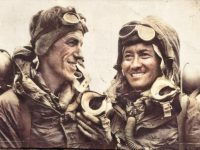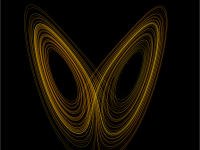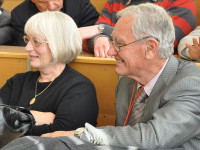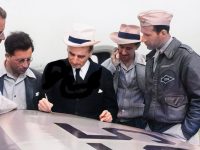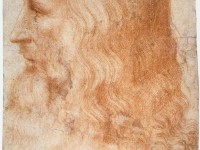Edmund Hillary and Tenzing Norgay on Top of Mount Everest
On May 29, 1953, Sir Edmund Hillary and Tenzing Norgay reached the summit of Mount Everest, the highest mountain on Earth, located in the Mahalangur mountain range in Nepal and Tibet, using the southeast ridge route. Tenzing had reached 8,595 m the previous year as a member of the 1952 Swiss expedition. Edmund Hillary – Early Years Edmund Hillary grew up near Auckland, New Zealand. During a high school trip to Mount…
Read more

